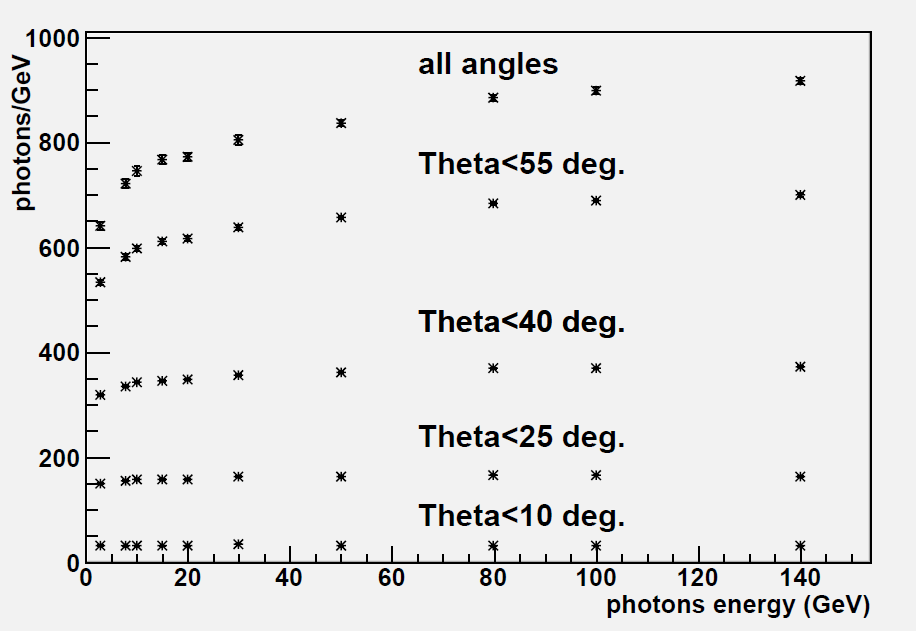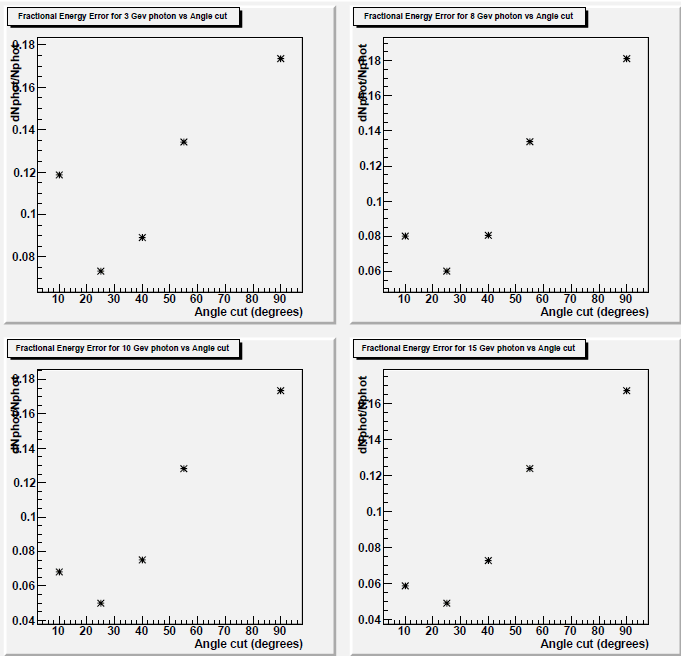- heppel's home page
- Posts
- 2021
- July (3)
- 2020
- February (1)
- 2019
- 2018
- 2017
- 2016
- December (2)
- November (2)
- October (3)
- September (2)
- August (1)
- July (3)
- June (5)
- May (8)
- April (4)
- March (1)
- February (2)
- January (2)
- 2015
- December (1)
- November (4)
- October (8)
- September (4)
- August (3)
- July (2)
- June (7)
- May (8)
- April (5)
- March (13)
- February (5)
- January (2)
- 2014
- December (1)
- November (2)
- September (1)
- June (3)
- May (2)
- April (1)
- March (3)
- February (2)
- January (1)
- 2013
- 2012
- 2011
- December (2)
- November (1)
- September (2)
- August (3)
- July (2)
- June (6)
- May (2)
- April (2)
- March (3)
- February (3)
- January (3)
- 2010
- December (1)
- November (2)
- September (2)
- August (1)
- July (4)
- June (3)
- May (2)
- April (1)
- March (1)
- February (2)
- January (1)
- 2009
- 2008
- My blog
- Post new blog entry
- All blogs
Improving FMS resolution
Ideas about ways to improve resolution
We have recently come to understand how the FMS energy resolution is very much worse than was originally expected.
This is an attempt to ask if a simple modification could greatly improve the performance.
From the early simulations, that were based in energy deposition, very good resolution was expected as is typical of lead glass detectors. However, the Cerenkov simulations show that the story is very different. The majority of the Cerenkov photon signal is produced at large angle to the axis of the detector cells (~35 to 45 degrees from the z axis). It is this part of the optical photon distribution that leads to substantial dependence on the z of the shower max. Dependence of the measured FMS signal on the z of shower development, along with attenuation of large angle components of the signal, leads to:
1) large dependence of the average number of observed photoelectrons per unit energy deposited upon the high energy photon incident energy,
2) and large variations in the number of observed photons per unit energy at a fixed photon energy.
While 1) is a complication, 2 is a very serious problem affecting the physics reach.
If the problem comes from the part of the observed photon signal that comes from large angle optical photons, what happens if we find a way to filter out these photons.
Suppose we place a light absorbing filter between the lead glass and the phototube, which blocks large angle light.
We could imagine a "special cookie" between the lead glass and the front of the photo-tube. It could look like this.

The cell walls of the grid above would be black to eliminate reflections from the wall. Only light propagating at small angles to the z axis would make it to the phototube.
Geant 4 Optical Photon Angle Studies.
The question is, "If we eliminate the part of the angular distribution with angles greater that some theta, what are the properties of the remaining signal?"
Figure 1 below shows the number of detected optical photons per GeV of incident single photon energy as a function of the incident photon energy for several angular cuts.

Figure 1: The Geant 4 distribution of photon gain (number of detected photons /incident energy) as a function of incident energy with curves shown for several angle cuts.

Figure 2: Blowup of small angle part of Figure 1.
Next we look at energy resolution as a function of energy for various angle cuts.
The following plots (Figure 3) shows the fractional resolution (Delta NPhotons)/NPhotons where NPhotons is the number of observed photons and Delta NPhotons is the standard deviation of that number.
The y axis is this energy resolution from Geant 4 and the x axis is the maximum angle of photons counted.
The eight plots are for E={3,8,10,15,20,30,80,100}GeV.
Figure 3: For Eight different incident energies we show the how the energy resolution due to variations in number of detected optical photons depends on the maximum angle of the optical photon trajectories.

.gif)
The conclusion is that cutting out optical photons with angles greater than about 30 degrees
- should reduce the phototube signal by about a factor of 5
- should improve the resolution by a factor of 3 to 4
- should significantly reduce the energy dependence of gain.
We are somewhat uncertain about our ability to model the reflections of the Cerenkov light that occurs near the total internal reflection angle for the lead glass. It may be that this simulation includes some large angle optical photons that are not really observable now and that our actual current resolution may not be quite as poor as this model indicates. But it is not too far off.
- heppel's blog
- Login or register to post comments
